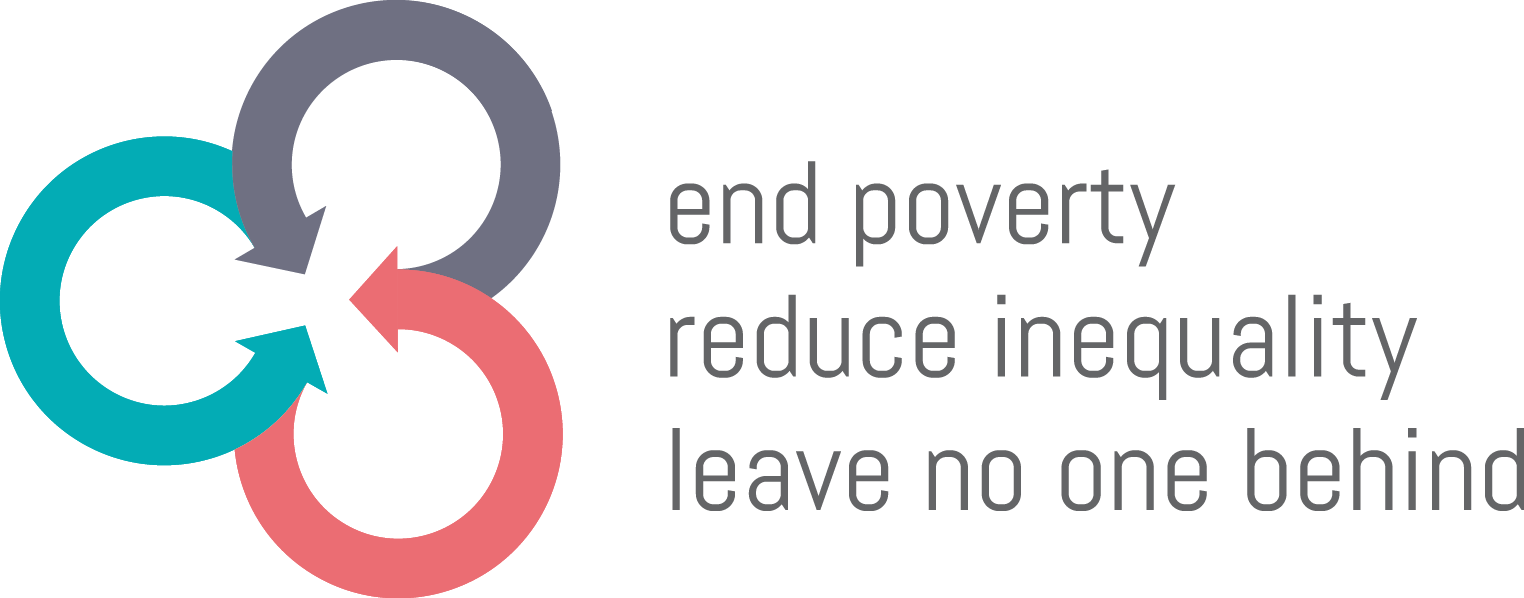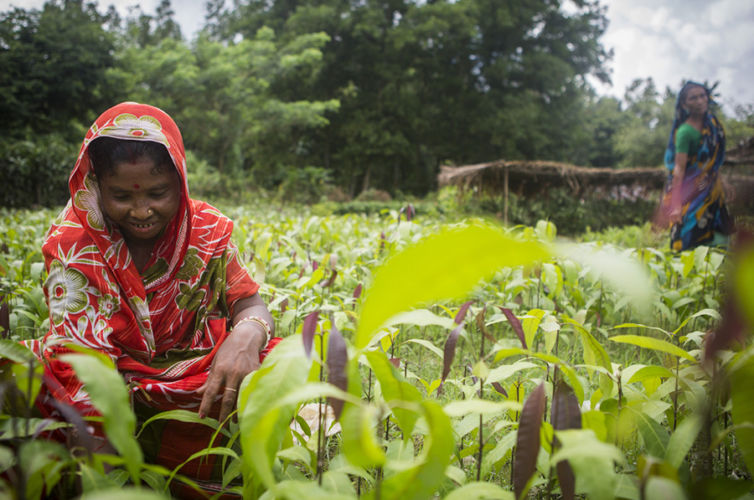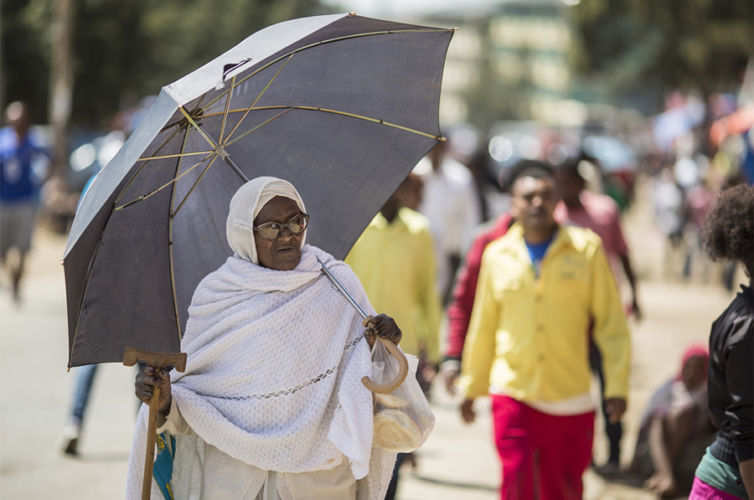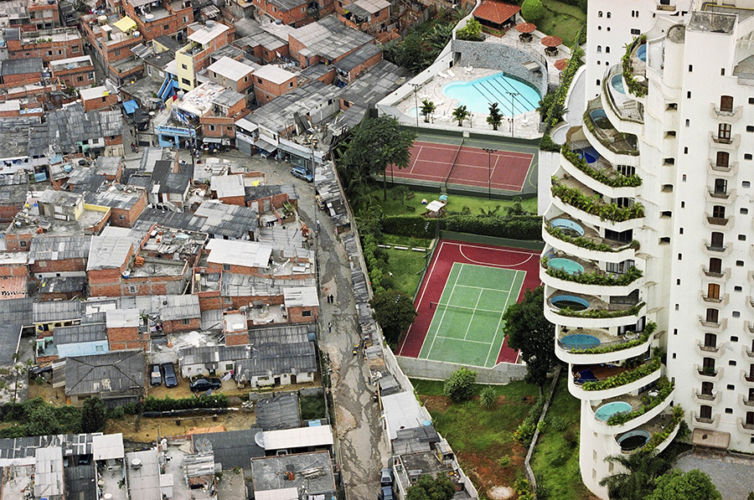Inequality is on the rise in many countries worldwide. High and rising inequality is increasingly recognised as a major barrier to sustainable development since it decreases economic growth and social cohesion. Crises such as the Covid-19 pandemic highlight and further exacerbate existing inequalities within and between countries as well as between different population groups. The 2030 Agenda recognises the importance of inequality and includes it as a stand-alone goal (SDG 10), but also mainstreams the topic in other goals. Thirteen of 17 SDGs refer to inequality in one way or another, and reducing inequality is thus a pre-requisite for the success of the 2030 Agenda as whole. Until recently, topics such as inequality or redistribution were not part of the development agenda. Hence, new approaches and strategies are needed.
Where do we stand today?
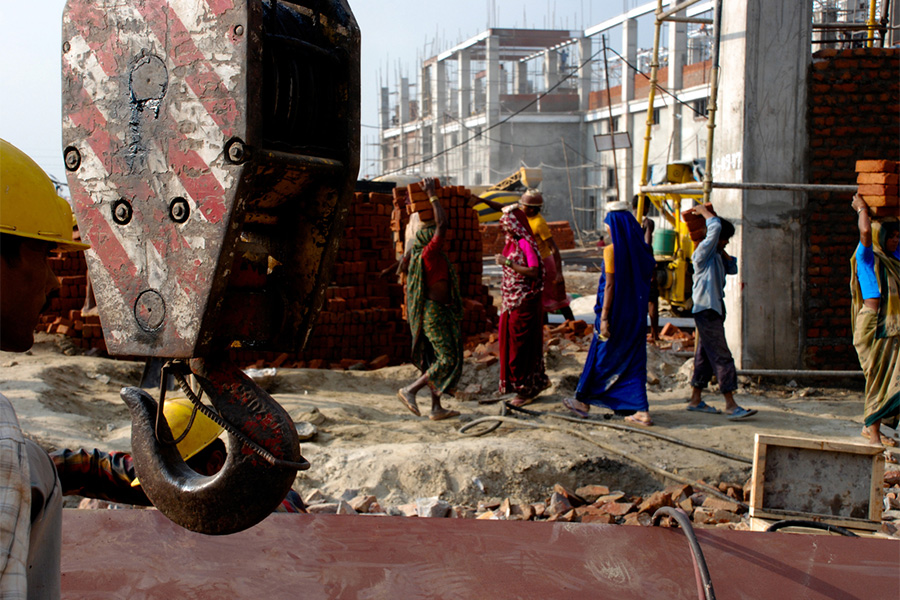
Growing inequality prevents the effective reduction of poverty and the holistic implementation of the 2030 Agenda, especially the principle to ‘leave no one behind’ (LNOB). More than 71% of the population in the Global South live in countries with increasing inequality. In the past decades, the richest 10% worldwide have benefitted most from growing incomes, accumulating more than twice as much income growth as the poorest 50%. Wealth is even more unequally distributed. Today, the richest 10% own more than two thirds (76%) of global wealth, the bottom 50% only around 2%.
Rising and high inequality is not inevitable – it is a policy choice. But reducing inequality does not necessarily harm economic growth or other developmental goals. There are country examples that show that policies and strategies exist that combine economic growth with stable or shrinking inequality. Countries in the Global South have redistributive spaces that can be increased and used more efficiently. To support partner countries in identifying these spaces and increasing them is a challenge for actors in international cooperation, as analytical capacities and support mechanisms must first be put in place.
What can be done?

Reducing inequality is a new topic for most bilateral and multilateral development actors. As a consequence, strategies and approaches have to be revised to develop and strengthen projects that explicitly address redistribution. Only then can the positive spill-over effects from reduced inequalities be harnessed and truly sustainable development achieved. Among the new approaches currently under development is a tool called ‘inequality diagnostics’. This tool consists of guidelines that help to assess the causes and drivers of inequality in partner countries. Once these are known, tailor-made approaches to the country-specific causes of inequality can be developed. Supporting country efforts to enhance their own capacities to analyse inequality dynamics and develop policy responses is another important step towards reducing inequality.
HOW POLICIES REDUCE INEQUALITY
Policies can make a meaningful and lasting impact on reducing inequality.
Examples of policies that have been shown to contribute to inequality reduction include:
